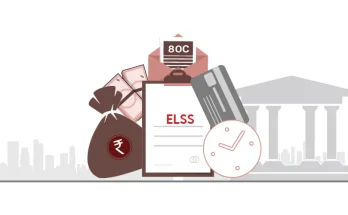Options trading is a type of trading that allows investors to speculate on the direction of an underlying asset’s price. Options contracts give the holder the right, but not the obligation, to buy or sell an underlying asset at a specified price on or before a specific date.
There are two types of options contracts: call options and put options. Call options give the holder the right to buy an underlying asset at a specified price on or before a specific date. Put options give the holder the right to sell an underlying asset at a specified price on or before a specific date.
Terms every trader should know
When you trade options, there are a lot of terms and definitions that you need to know to be successful.
Strike price
The strike price is how much the holder of a call option can pay when buying the underlying asset or how much the holder of a put option can charge for selling the underlying asset.
Expiration date
The expiration date is when the option contract expires.
Premium
The premium is the price of the options contract.
In-the-money
A call option is in-the-money when the strike price is below the current market price of the underlying asset. A put option is in-the-money when the strike price is above the current market price of the underlying asset.
Out-of-the-money
A call option is out-of-the-money when the strike price is above the current market price of the underlying asset. A put option is out-of-the-money when the strike price is below the current market price of the underlying asset.
At-the-money
When the strike price is equal to the current market price of the underlying asset, the call option is at the money. In contrast, when the strike price is equal to the current market price of the underlying asset, a put option is at the money.
Long position
A long position refers to a call option. A long position gives you the right to buy an underlying asset at a specified price.
Short position
A short position refers to a put option. A short position gives you the right to sell an underlying asset at a specified price.
Bullish
This term describes an opinion that the market will go up.
Bearish
This term describes an opinion that the market will go down.
Covered call
A covered call is a type of options strategy that involves buying an underlying asset and selling a call option on the same asset.
Naked call
A naked call is a type of options strategy that involves selling a call option on an underlying asset without owning the asset.
Synthetic long stock
Synthetic long stock is a type of options strategy that involves buying a put option and selling a call option with the same strike price and expiration date.
Straddle
A straddle is a type of options strategy that involves buying a put option and a call option with the same strike price and expiration date.
Risk reversal
Risk reversal is a type of options strategy that involves buying a put option and selling a call option with different strike prices but the same expiration date.
Why trade with options?
Options provide leverage
Options provide leverage because they allow you to control a large amount of an underlying asset with a relatively small amount of money.
Traders can use options to hedge their portfolio
You can use options to hedge your portfolio against losses incurred during a market downturn.
Traders can use options to generate income
You can use options to generate income by selling out-of-the-money options.
Traders can use options to speculate on the direction of the market
You can use options to wager on the market’s direction without having to buy or sell the underlying asset.
You can trade options on a variety of underlying assets
You can use options to trade on various underlying assets, including stocks, commodities, and currencies.
Risk of options trading
The risk of loss
The risk of loss in options trading is the premium you pay for the options contract.
The risk of expiration
The risk of expiration is the possibility that the option contract will expire worthlessly.
The risk of volatility
The risk of volatility is the possibility that the underlying asset’s price will move sharply and cause your option to lose value.




